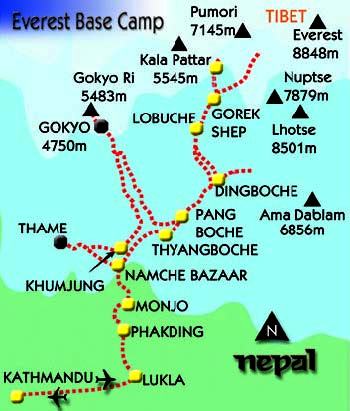Tourist Visa Information
Tourist who intends to visit Nepal must hold valid passport and visa.
Entry:
Tourist entry visa can be obtained for the following duration from Nepalese Embassy or Consulate or other mission offices or at the following immigration offices in Nepal.
1. Immigration Office, Tribhuvan International Airport, Kathmandu
2. Immigration Office, Kakarvitta, Jhapa (Eastern Nepal)
3. Immigration Office, Birganj, Parsa (Central Nepal)
4. Immigration Office, Kodari, Sindhupalchowk (Northern Border)
5. Immigration Office, Belahia, Bhairahawa (Rupandehi, Western Nepal)
6. Immigration Office, Jamunaha, Nepalgunj (Banke, Mid Western Nepal)
7. Immigration Office, Mohana, Dhangadhi (Kailali, Far Western Nepal)
8. Immigration Office, Gadda Chauki, Mahendranagar (Kanchanpur, Far Western Nepal)
Tourist Visa fee for visitors who enter Nepal for the first time in a visa year (Jan-Dec)
New Tourist Visa Rules from 16th July 2008:
- Multiple entry visa for 15 days or less from the date of entry US$ 25 or equivalent convertible foreign currency.
- Multiple entry visa for 30 days US$ 40 or equivalent convertible foreign currency.
- Multiple entry visa for 90 days US$ 100 or equivalent convertible foreign currency.
Tourist visa extension facility:
- Visa extension fee for the period of 15 days or less - US$ 30. Visa extension fee for the period of more than 15 days US$ 2 per day.
- Visa can be extended for a maximum period of 150 days in a visa year (January - December) at the Department of Immigration.
Gratis visa:
Children below 10 yrs.
Dependants up to the age of 16 years, holding foreign passports of Nepalese parents or either of their parent being a Nepalese citizen.
Citizen of Nepali origin, after having obtained passport for the first time from a Nepal based foreign mission, until the period of his departure to a foreign country.
Citizens of member countries of South Asian association for Regional Cooperation (SAARC) and the People’ s Republic of china.
Any foreigner, who has lived in Nepal up to fifteen (15) days continuously, re-entering Nepal during the same visa year.
Any foreigner, tourist entering into Nepal for three days or less than that.
Some Important information to tourist: Don't or Do's:
A tourist may stay in Nepal up to 150 days in a visa year.
A tourist must extend his/her visa before expiry of the visa validity period. A tourist who does not comply with these regulations may be liable of fine and other prosecution as provided in Immigration Act and Rules.
A Foreigner having obtained tourist visa shall not be allowed to work with or without receiving remuneration.
A foreigner shall not be allowed to carry out any work other than that for which purpose s/he has obtained the visa.























